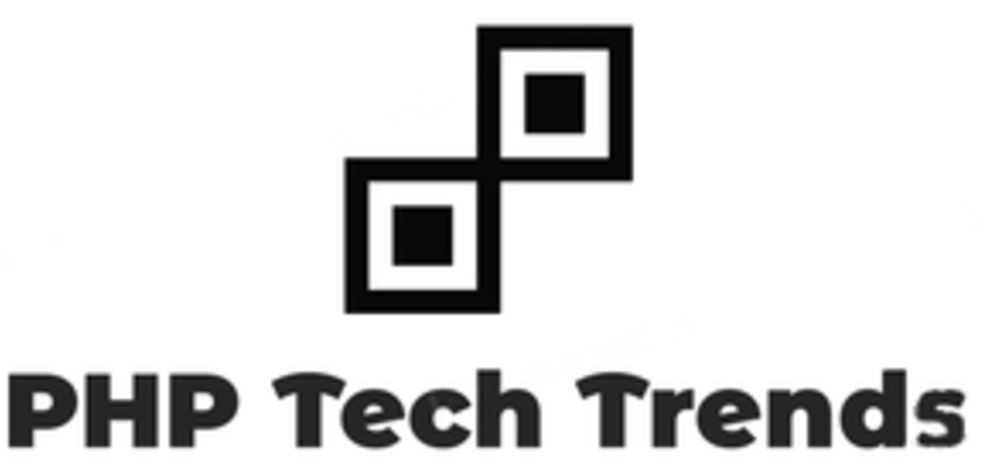The digital landscape is ever-evolving, and staying ahead means embracing new technologies. PHP has long been a staple for web development, powering countless applications around the globe. Meanwhile, HTTP/2 emerged as a revolutionary protocol that enhances how data is transferred over the internet. By combining these two powerful tools, developers can unlock significant improvements in application performance.
Imagine faster load times, reduced latency, and an overall smoother user experience. That’s what you get when you integrate HTTP/2 with PHP applications. As we dive deeper into this topic, you’ll discover the transformative benefits of this combination and why it’s crucial for modern web development projects. Whether you’re a seasoned developer or just starting out, understanding how to leverage PHP and HTTP/2 together could be your game-changer in delivering high-performance applications. Let’s explore this exciting synergy further!
Benefits of HTTP/2 for Application Performance
HTTP/2 introduces several enhancements that significantly boost application performance. One of the most notable features is multiplexing, which allows multiple requests and responses to be sent simultaneously over a single connection. This reduces latency and improves loading times.
Header compression is another key benefit. It minimizes the size of HTTP headers, resulting in faster transmission of data between client and server. Less overhead means quicker interactions.
Prioritization also plays a role. With HTTP/2, developers can specify the importance of certain resources, ensuring critical elements load first without delay.
Furthermore, server push capabilities allow servers to send additional resources proactively before the client even requests them. This anticipatory approach enhances user experience by delivering content more efficiently.
These advantages collectively contribute to creating faster, more responsive applications that meet modern users’ demands for speed and efficiency.
How HTTP/2 Improves the Performance of PHP Applications
HTTP/2 introduces various features that significantly enhance the performance of PHP applications. One major improvement is multiplexing, which allows multiple requests and responses to be sent simultaneously over a single connection. This reduces latency and optimizes resource usage.
Header compression also plays a crucial role. By minimizing the size of headers, HTTP/2 decreases the amount of data transmitted during each request. This leads to faster loading times, especially for apps with extensive header information.
Additionally, server push capabilities enable servers to send resources proactively before they are requested by clients. This means that essential files can be loaded in advance, improving perceived speed and user experience.
With these enhancements combined, PHP applications can deliver content more swiftly and efficiently than ever before. Adopting HTTP/2 not only benefits end users but also streamlines server load management for developers managing traffic spikes or heavy loads.
Implementation of HTTP/2 in PHP-based Projects
Implementing HTTP/2 in PHP-based projects can seem daunting, but it doesn’t have to be. Most modern web servers already support HTTP/2, making the transition smoother than expected.
First, ensure your server is configured correctly. Popular options like Apache and Nginx offer built-in support for HTTP/2. Check your configuration files to enable this feature seamlessly.
Next, focus on optimizing your application’s assets. With HTTP/2’s multiplexing capabilities, you can serve multiple requests simultaneously without blocking others. This means combining CSS and JavaScript files into fewer requests can enhance loading times significantly.
Monitor performance after implementation. Tools like Google Lighthouse or GTmetrix provide insights into how well your application responds under the new protocol. Regularly testing ensures that you’re leveraging all benefits effectively while identifying any potential bottlenecks early on.
Common Challenges and Solutions
Transitioning to HTTP/2 can present several challenges for developers working with PHP applications. One common issue is compatibility. Not all servers support HTTP/2, which may require updates or changes in server configurations.
Another challenge lies in the optimization of resources. While HTTP/2 allows multiplexing, poorly structured assets can lead to inefficiencies. Developers must ensure that files are properly optimized and minimize unnecessary requests.
Security is also a concern. Though HTTP/2 has built-in encryption through TLS, configuring it correctly can be tricky for some setups. Ensuring that your server supports HTTPS is essential for leveraging the full benefits of this protocol.
Monitoring performance becomes crucial after implementation. Tools need to be updated or replaced to effectively measure how well an application performs under HTTP/2 conditions. Adapting monitoring strategies ensures you stay informed about potential bottlenecks or issues post-deployment.
Case Studies: Real-world Examples of Improved Application Performance with PHP and HTTP/2
Case studies highlight the practical impact of integrating PHP with HTTP/2. One notable example is a popular e-commerce platform that transitioned to HTTP/2, resulting in significant performance boosts. Page load times decreased by nearly 40%. Users enjoyed smooth navigation and quicker transactions, leading to higher conversion rates.
Another case involves a news website that adopted HTTP/2 alongside its PHP framework. The site experienced reduced latency during peak traffic hours. Content delivery was faster, allowing journalists and readers to engage seamlessly.
A tech startup also saw remarkable improvements after implementing HTTP/2 for their PHP-based application. They reported enhanced real-time data processing capabilities, which allowed users to interact with live updates without lagging delays.
These examples underscore how adopting modern protocols can transform user experiences while maximizing the strengths of PHP applications across various industries.
Considerations for Future Development
As developers look ahead, the integration of HTTP/2 with PHP applications presents exciting opportunities. Enhanced performance will be crucial as user expectations continue to rise.
Scalability is another key factor. Applications must be able to handle increasing traffic without sacrificing speed or reliability. Developers should prioritize efficient resource management and optimize their coding practices.
Security considerations can’t be overlooked either. As protocols evolve, maintaining robust security measures becomes essential in protecting sensitive data.
Additionally, staying updated on emerging technologies can provide a competitive edge. Leveraging tools and frameworks that support HTTP/2 natively will streamline development processes.
Monitoring and analytics play vital roles too. Understanding how users interact with applications helps identify areas for improvement while optimizing performance over time.
It’s crucial to foster a culture of continuous learning within teams, encouraging experimentation with new features and methodologies that emerge alongside evolving web standards.
Conclusion
The intersection of PHP and HTTP/2 presents exciting opportunities for developers and businesses alike. As we have explored, the benefits of adopting HTTP/2 can significantly enhance application performance. The protocol’s advanced features, such as multiplexing and header compression, work hand in hand with PHP to streamline data transmission.
Implementing HTTP/2 in your PHP-based projects may come with challenges, but many resources are available to help smooth the transition. Real-world case studies demonstrate how organizations have successfully leveraged these technologies to boost speed and efficiency, leading to improved user experiences.
As web development continues to evolve, keeping an eye on emerging trends is essential. Adopting new protocols like HTTP/2 could be a game changer for applications built on PHP or other platforms. By staying informed and proactive about these developments, you can position yourself—and your projects—for optimal success in today’s fast-paced digital landscape.

